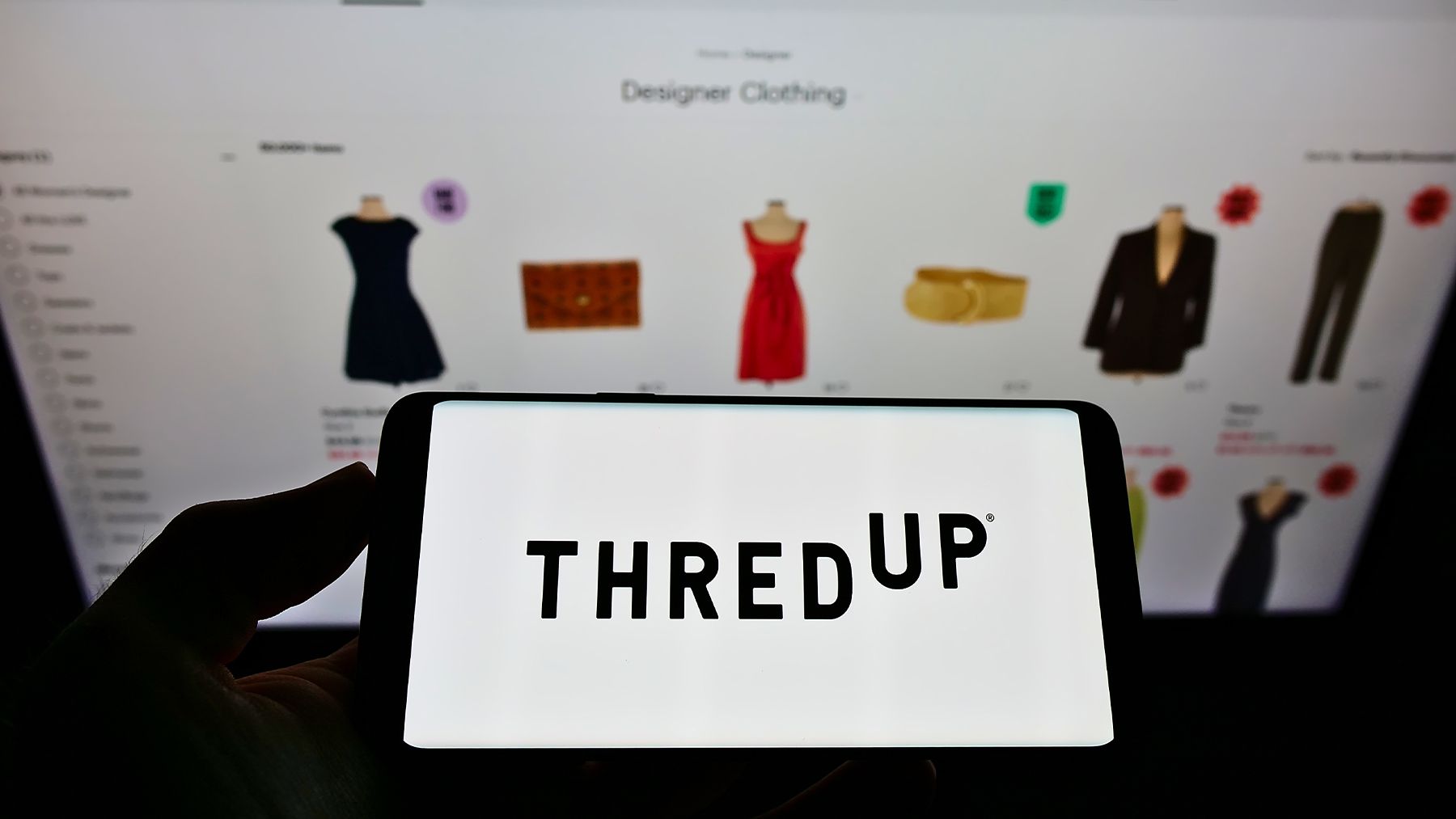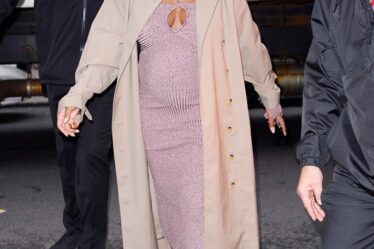
Despite making progress on their respective profitability goals, investors for both online resale sites were hardly impressed Tuesday afternoon when the companies reported first-quarter earnings.
ThredUp beat its own forecast in the first three months of 2023, posting total revenue of $75.9 million, a 4 percent increase year-over-year. The company, which has stated previously that it expects to break even on adjusted EBITDA, or earnings before interest, taxes, depreciation and amortisation, sometime in the second half of 2023, reiterated that it’s on track to reach that goal in the fourth quarter.
In the first quarter, ThredUp narrowed its adjusted EBITDA loss compared to the year prior, to $6.6 million, or 8.7 percent of revenue. Despite an overall rise in sales, the company’s order volume dipped 8 percent. Earlier on Tuesday, it announced that it has listed its stock on the Long-Term Stock Exchange, in addition to its listing on the Nasdaq. The LTSE, a sustainability-focussed exchange, was approved by the US Securities and Exchange Commission in 2019, but has only three companies listed so far, including ThredUp.
”We’ve been seeing it since the back half of last year that the budget shopper is most likely impacted by inflation and discretionary challenges,” James Reinhart, CEO and co-founder of ThredUp, told BoF. “More of the budget shoppers are on the sidelines … But there will be pent-up demand.”
The RealReal also exceeded expectations Tuesday, reporting gross merchandise value — a metric of sales on the platform — of $444 million in the quarter ending March 31, reflecting a 4 percent increase year-over-year. Total revenue fell 3 percent, while adjusted EBITDA loss fell to $27.3 million, or about 19 percent of total revenue, down from $35.3 million and 24 percent of total revenue in the same period last year.
In its earnings statement, The RealReal’s new CEO John Koryl pointed out that while revenue from consignment increased 22 percent, revenue from direct sales dipped 49 percent — a reflection of the company’s pivot toward high-value consignment and away from lower-priced transactions in a bid to boost profitability.
”The early results from our key initiatives are encouraging, and we continue to believe that taking these steps will help us achieve profitability,” Koryl said in the statement.
The RealReal and ThredUp have struggled to retain their market capitalisation in recent years, each losing more than 80 percent of their stock value since going public. Despite being the biggest players in the US fashion resale market — ThredUp for mass consumers and The RealReal for luxury — neither companies have been able to operate profitably, which poses a glaring issue for investors as costs of borrowing have skyrocketed.
The RealReal and ThredUp both run a managed marketplace, which means they take in products from sellers, sort the inventory and create the listings to sell to buyers as the middleman. This process is capital-intensive and requires distribution capabilities; it’s the primary reason for why it has taken them so long to achieve profitability. Their resale counterpart, Poshmark, was able to capture profitability, however fleetingly, before being acquired and taken private by South Korean search engine company Naver last fall. The tech giant purchased Poshmark for $1.2 billion in cash, less than half of its valuation from its IPO in 2021.
”Better unit economics as well as disciplined cost structures — when you combine the two, that’s where you see improvements in profitability,” said Reinhart. “We’re just balancing the demands that we have to both grow and be profitable, and ultimately we want to build a business that can do both exceptionally well.”
After the bell Tuesday, ThredUp shares were up 2 percent and The RealReal was down 3 percent.
Learn more:
Can Fashion Resale Ever Be a Profitable Business?
Companies like The RealReal and ThredUp promised Wall Street that with scale comes profit. But operational costs and competition have kept them in the red.



